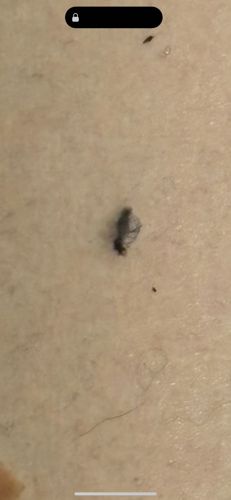Flea
Scientific Name: Siphonaptera (order); specific species varies (e.g., Ctenocephalides felis for cat flea)
Order & Family: Order: Siphonaptera
Size: Typically 1-3 mm (0.04-0.12 inches) in length.

Natural Habitat
Fleas are ectoparasites and live on the bodies of warm-blooded animals, particularly mammals and birds. They are commonly found in pet bedding, carpets, upholstered furniture, and cracks in floors, where their eggs, larvae, and pupae develop.
Diet & Feeding
Adult fleas are obligate hematophagous parasites, meaning they exclusively feed on the blood of their hosts. Larvae feed on organic debris, including adult flea feces (which contain digested blood).
Behavior Patterns
Fleas are known for their powerful jumping ability, allowing them to easily transfer between hosts. They have a four-stage life cycle: egg, larva, pupa, and adult. The pupal stage can remain dormant for extended periods until stimulated by vibrations or warmth, indicating a potential host. Adults are very agile and can quickly move through host fur. They are prolific breeders.
Risks & Benefits
Risks: Fleas can cause intense itching, allergic reactions (flea allergy dermatitis), and secondary skin infections in hosts due to scratching. They are also vectors for various diseases, including tapeworm (Dipylidium caninum) in pets and murinetyphus and even plague (Yersinia pestis) in humans, though the latter is rare in developed countries. Benefits: In natural ecosystems, fleas serve as a food source for some predators, but their primary impact is generally negative due to their parasitic nature and disease transmission capabilities, especially in domestic settings.
Identified on: 9/11/2025